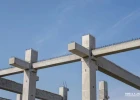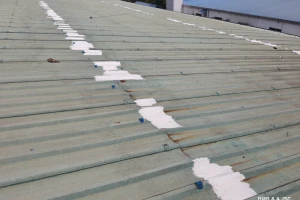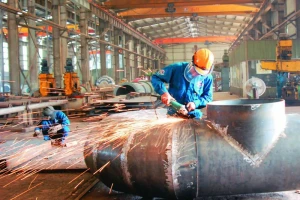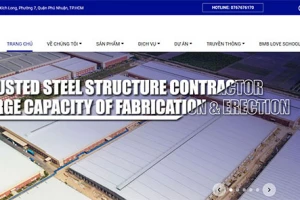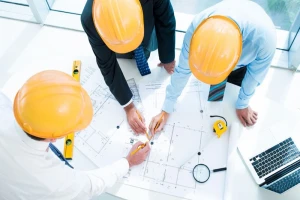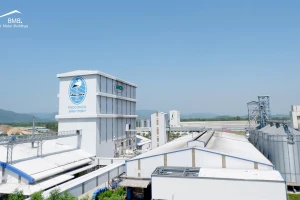Ensuring pre-engineered steel building work complies with the law
The construction industry is governed by a multitude of laws, regulations, and building codes to ensure the safety, integrity, and compliance of structures. Compliance with laws, regulations, and building codes is essential in the construction industry, including pre-engineered buildings. To avoid legal issues, prioritize occupant safety, and uphold industry’s reputation, stakeholders must ensure compliance. This article shall discuss the importance of compliance and how to ensure that pre-engineered steel building work complies with the law.
1. The importance of complying with the law
First and foremost, compliance with regulations helps to ensure the safety of the building and its occupants. Building codes and regulations encompass various aspects, such as structural design, fire safety, electrical systems, plumbing, accessibility, and environmental considerations. Adhering to these requirements ensures that the pre-engineered building is designed, constructed, and operated in a manner that minimizes risks and hazards.
Moreover, compliance with regulations promotes the integrity of pre-engineered buildings. These regulations set standards for design, materials, and construction practices, which are essential for ensuring the durability and longevity of the structure. By adhering to these standards, stakeholders can have confidence that the building will perform as intended, even under demanding conditions. Compliance helps maintain structural stability, resistance to environmental factors, and overall performance, ensuring that the pre-engineered building remains reliable and functional over its lifespan.
Last but not least, by complying with legal requirements, stakeholders can avoid legal complications, fines, penalties, or even project shutdowns.
In conclusion, compliance with regulations is crucial in pre-engineered building work. It ensures safety, promotes integrity, and upholds legal standards.
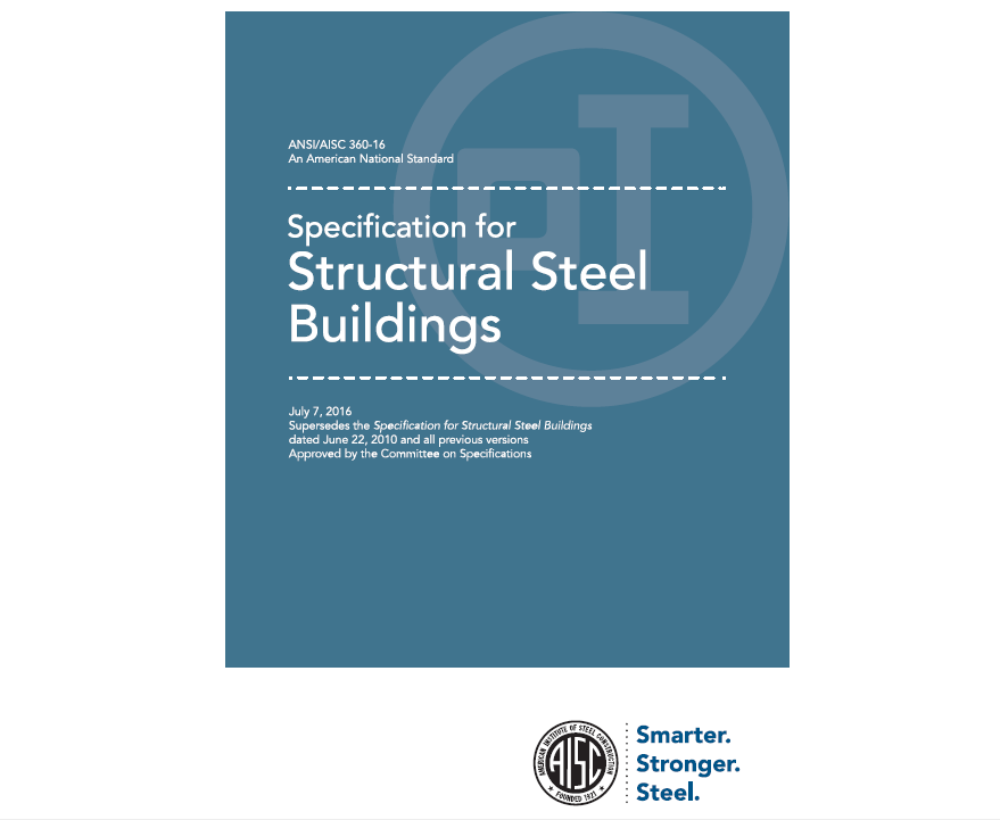
2. Some requirements for pre-engineered steel buildings
Below are some fundamental requirements for pre-engineered steel buildings as well as all types of building works:
- Ensuring that pre-engineered steel building work is structurally stable and durable is a fundamental aspect of construction. Structural stability and durability are crucial for the safety, longevity, and overall performance of a building.
- Ensuring that pre-engineered steel building work provides protection from fire is a critical aspect of construction, as it plays a vital role in safeguarding occupants, minimizing property damage, and preventing the spread of fire.
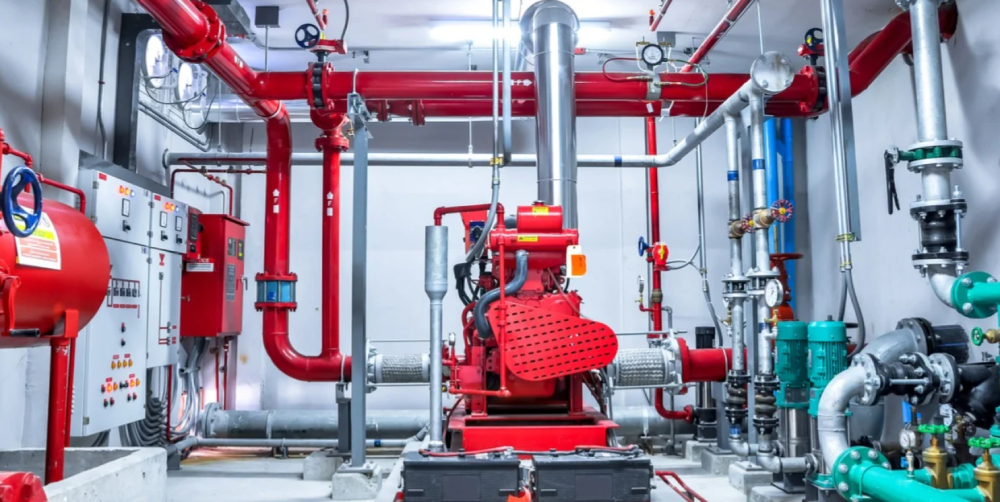
Fire protection system in the building - Ensuring proper drainage of rainwater and surface water in pre-engineered steel building work is crucial to prevent water infiltration, structural damage, and potential flooding.
- Ensuring that pre-engineered steel building work is not affected by external moisture is crucial to prevent issues such as water infiltration, mold growth, decay, and structural damage.
- Ensuring that pre-engineered steel building work is energy efficient is essential for reducing energy consumption, lowering operating costs, and minimizing environmental impact.
3. How to ensure pre-engineered steel building work complies with the law
3.1 Understanding Building Codes and Regulations
Building codes and regulations serve as the foundation for ensuring the safety and integrity of structures. These codes encompass various aspects, including structural design, fire safety, electrical systems, plumbing, accessibility, and environmental considerations. Familiarizing oneself with the specific building codes and regulations applicable to the project location is essential. Understanding the building code usually requires experience working in the building and construction industry. If you are unsure whether your project work will comply with the building code, it is crucial to consult local authorities, building officials, or professional consultants who can provide guidance on compliance requirements.
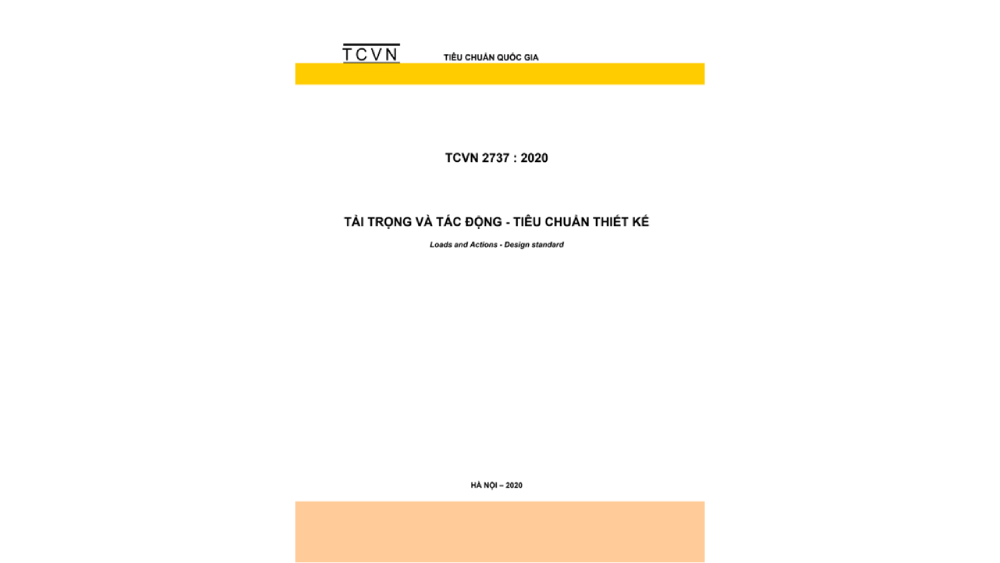
3.2 Engaging Qualified Professionals
To ensure compliance with the law, it is imperative to engage qualified professionals who have expertise in pre-engineered building design, construction, and regulatory compliance. Architects, engineers, and contractors with experience in pre-engineered construction can provide valuable insights and ensure that the project meets all legal requirements. These professionals can review the design plans, conduct inspections throughout the construction process, and verify that the materials and methods used align with the applicable building codes and regulations.
3.3 Documentation and permits
Accurate documentation plays a vital role in ensuring compliance with the law. Proper record-keeping of design plans, structural calculations, material specifications, and certifications is essential. Obtaining the necessary permits and approvals from relevant authorities is also crucial. These permits may include building permits, land certificate use rights, and permits for specialized systems such as fire protection or electrical installations. Adhering to the permit application process and providing the required documentation helps demonstrate compliance and ensures that the project proceeds legally.
3.4 Quality control and inspections
Regular quality control measures and inspections are necessary to verify that the pre-engineered building work complies with the law. During construction, periodic inspections should be conducted to assess the quality of materials, workmanship, and adherence to design specifications. These inspections can be carried out by internal quality control teams or independent third-party inspectors. Any deviations from the approved plans or non-compliance with building codes should be identified and rectified promptly to ensure compliance.
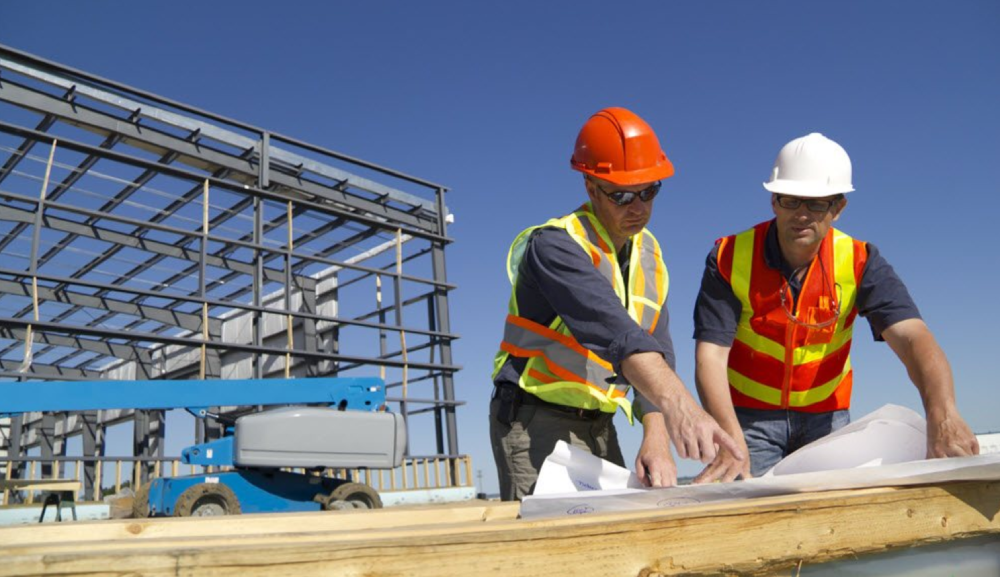
3.5 Safety and occupational health
Compliance with the law extends beyond structural aspects. It is equally important to prioritize safety and occupational health during pre-engineered building work. This includes implementing proper safety protocols, providing personal protective equipment, and ensuring a safe working environment for all construction personnel. Adhering to relevant safety regulations and industry standards helps prevent accidents, injuries, and liabilities.
Above is some information regarding ensuring pre-engineered steel building work complies with the law. Hopefully, this article has provided you with useful information. Visit BMB Steel’s website to read more about pre-engineered steel buildings and steel structures. You can also contact us for design consulting and steel production services.











